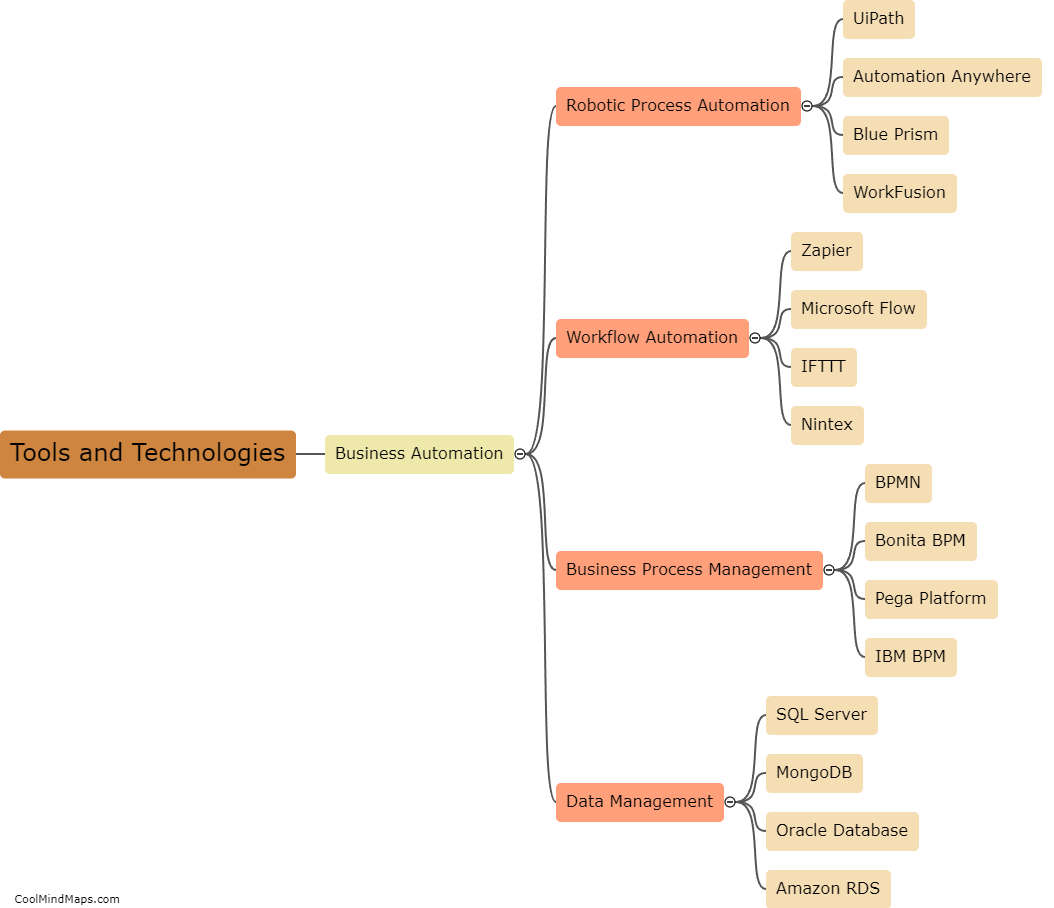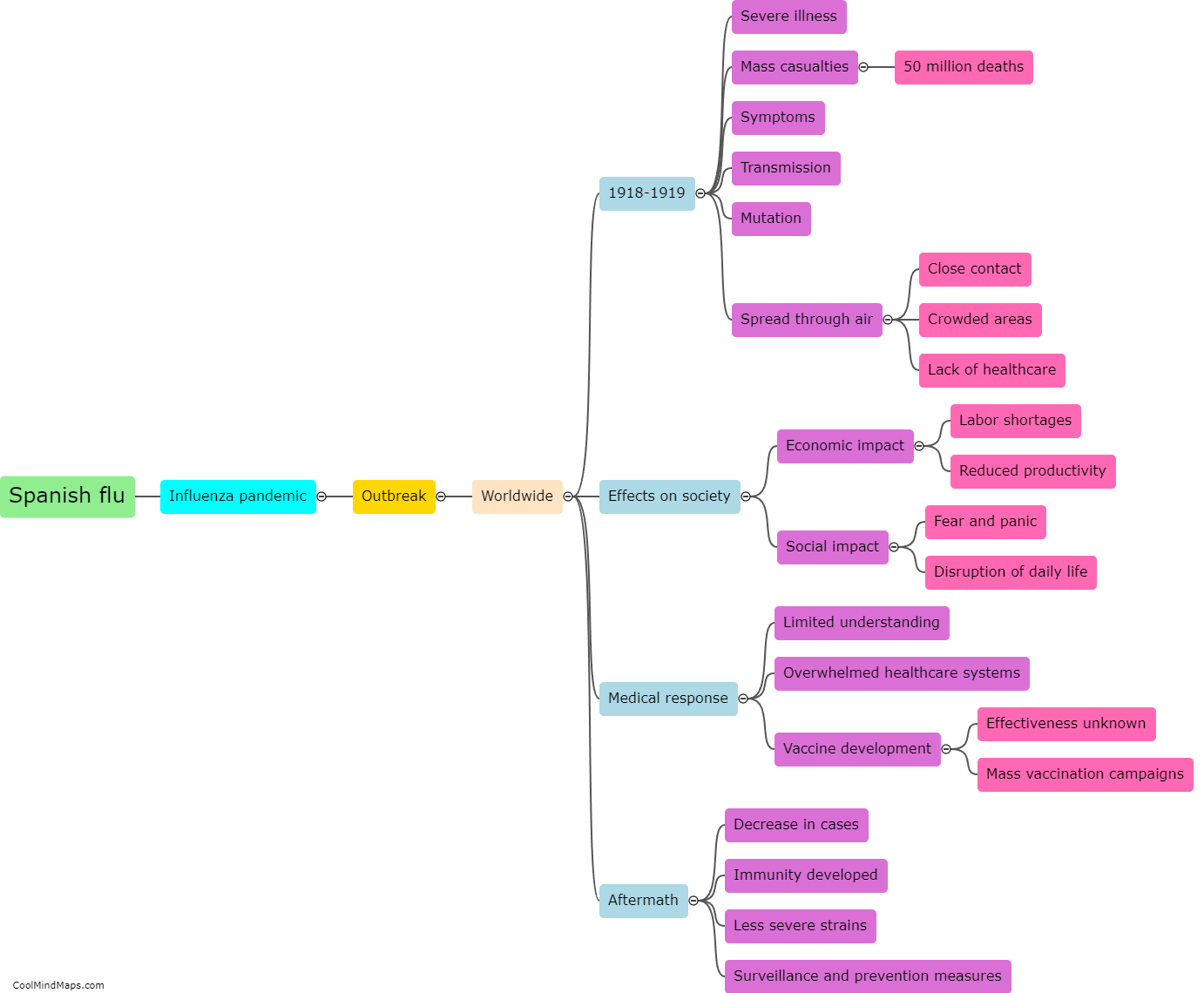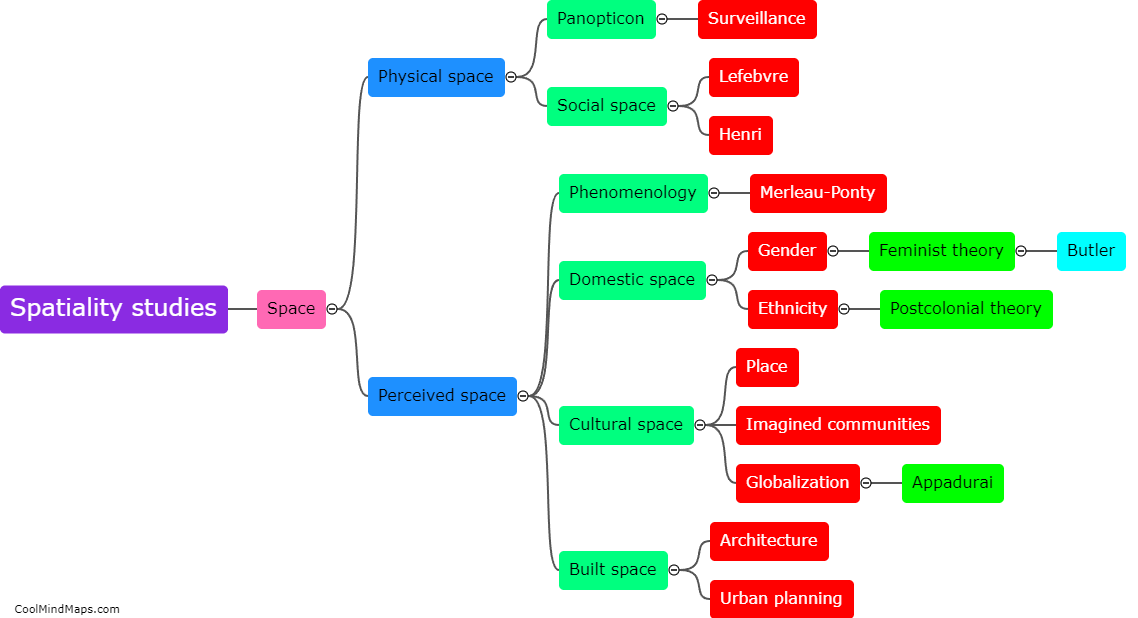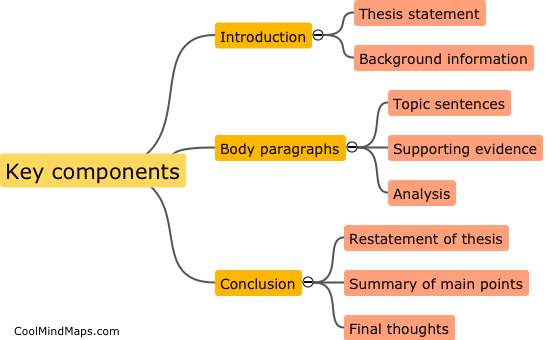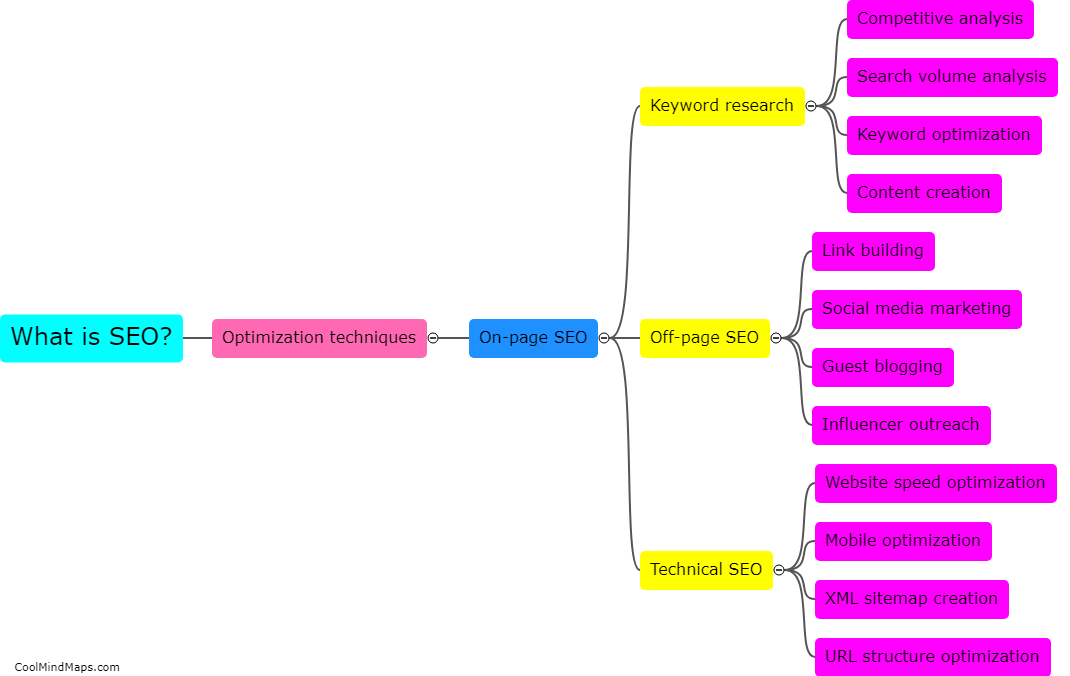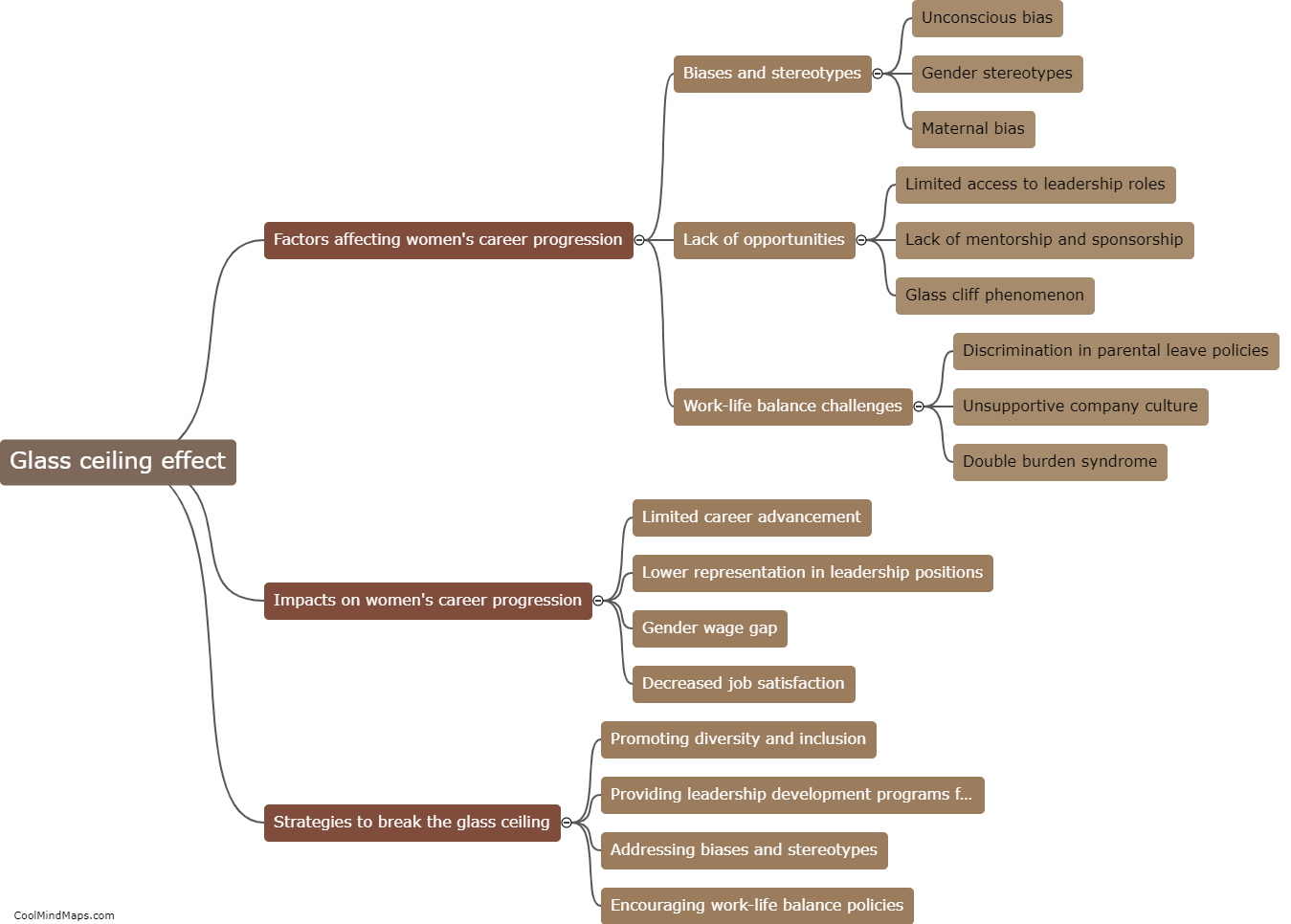How does spatiality impact social relationships and interactions?
Spatiality refers to the physical and conceptual organization of space. It plays a crucial role in shaping social relationships and interactions. The spatial arrangement of individuals and communities, including the physical distance between people, the layout of neighborhoods, and the accessibility of public spaces, can influence the frequency and nature of social interactions. For example, dense urban environments with well-connected streets and public spaces often facilitate more frequent encounters and informal social interactions among residents. Moreover, the design of spaces can also reflect and reinforce social hierarchies, influencing power dynamics within social relationships. Furthermore, spatiality can create feelings of inclusion or exclusion, depending on the accessibility and design of spaces, thereby impacting the formation and maintenance of social relationships. Overall, spatiality greatly impacts social interactions by shaping the opportunities, constraints, and dynamics within which they occur.
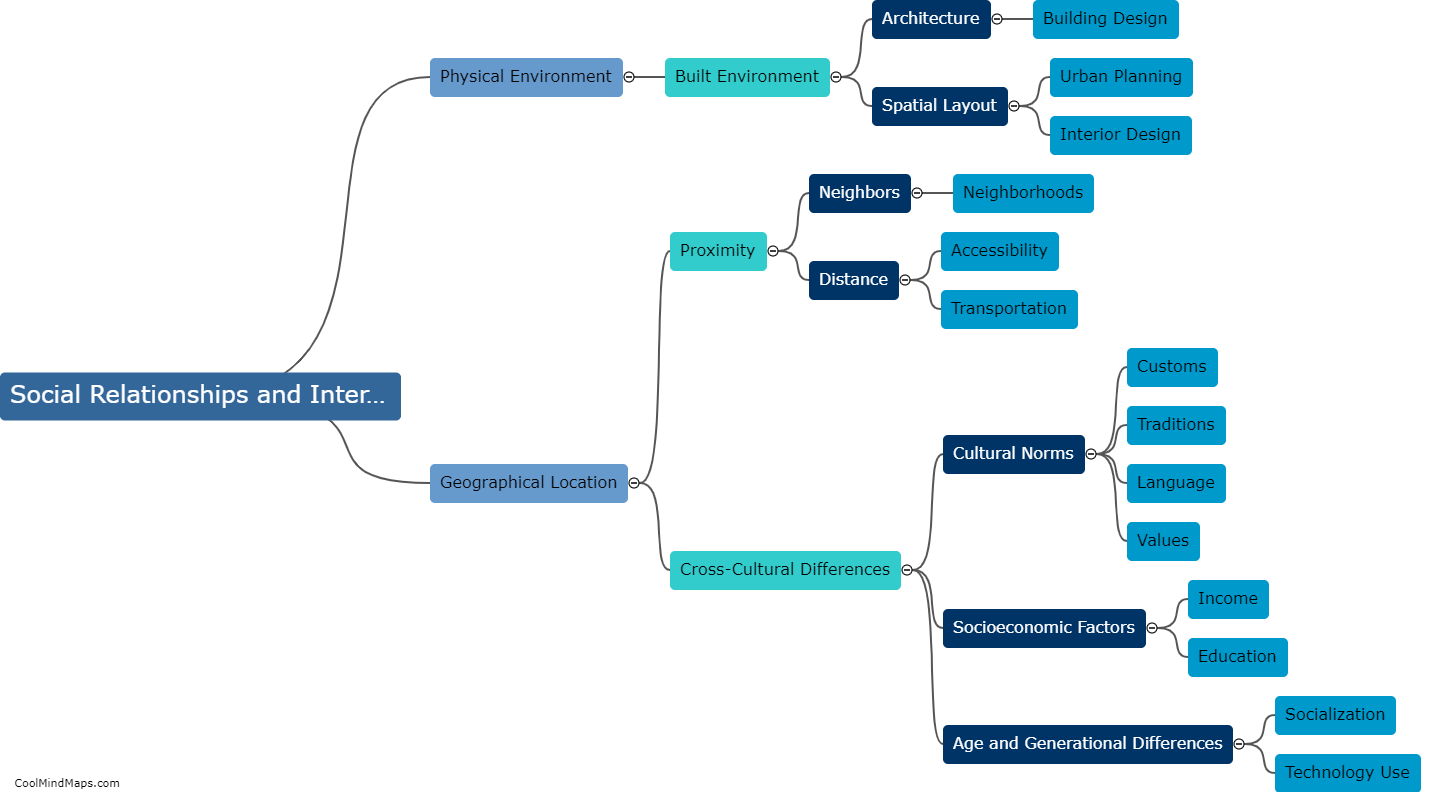
This mind map was published on 16 August 2023 and has been viewed 92 times.




